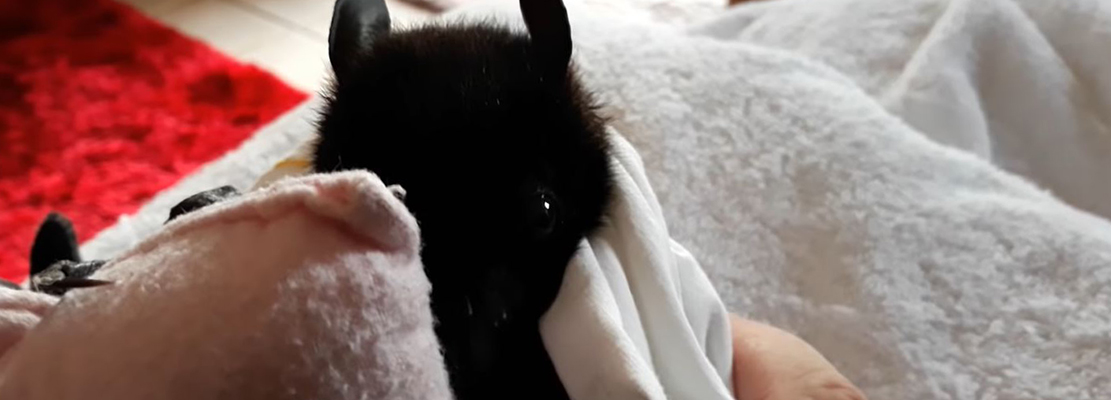The Villages Bat Calendar
Bats are interesting creatures, and with them being nocturnal creatures and therefore, we do not often see them, we are fascinated by the "blind" animals. For this reason most people do not know the yearly cycle of bats, if they migrate or when they have offspring, or if they hibernate. Here is a simple calendar to show you what these winged radars usually do during each month of the year.

January- Bats are in a hibernating state, which means that their body temperature has dropped, along with their metabolism and even their breathing.
February- Although they are still in hibernation, the fat reserves are running low. If the temperature allows, they may find water or food.
March- More bats being to wake up from their hibernation, if the weather is warm enough. If it is a particularly cold year, the bats may go into a state which is like hibernation, called torpor. This is where the breathing rates, metabolic rates, and the body temperature is warmer than in hibernation, however it is still cooler than if the bat was awake.
April- This is when bats can be seen hunting most nights for food, moving from place to place, and if it gets too cold going back into a torpid state.
May- Females being to form sites which are appropriate for raising offspring in groups, whilst the males tend to sleep on their own or in small groups.
June- Bats tend to produce just the one offspring, and feed them with their milk. These baby bats are a mere one inch in length!
July- This is the time where the baby bats try out their wings, with many after the third week of being born trying to fly.
August- The young begin to wean off their mothers milk, and instead begin to catch insects for themselves. This is the time in which colonies disperse in order to begin to make roosts for their hibernation.
September- This is when the mating begins for the bats, with the males using a variety of different sounds to attract females.
October- The mating season is still in full swing, but the issue of making fat reserves for the winter is also apparent. During some nights some bats may go into torpor to save fat.
November- The state of torpor increases, and with some bats they may start to go into hibernation this month.
December- Bats are all in hibernation now, finding refuge in places such as abandoned houses and other quiet areas to try and not be disturbed.
Visit our The Villages wildlife removal home page to learn more about us.

January- Bats are in a hibernating state, which means that their body temperature has dropped, along with their metabolism and even their breathing.
February- Although they are still in hibernation, the fat reserves are running low. If the temperature allows, they may find water or food.
March- More bats being to wake up from their hibernation, if the weather is warm enough. If it is a particularly cold year, the bats may go into a state which is like hibernation, called torpor. This is where the breathing rates, metabolic rates, and the body temperature is warmer than in hibernation, however it is still cooler than if the bat was awake.
April- This is when bats can be seen hunting most nights for food, moving from place to place, and if it gets too cold going back into a torpid state.
May- Females being to form sites which are appropriate for raising offspring in groups, whilst the males tend to sleep on their own or in small groups.
June- Bats tend to produce just the one offspring, and feed them with their milk. These baby bats are a mere one inch in length!
July- This is the time where the baby bats try out their wings, with many after the third week of being born trying to fly.
August- The young begin to wean off their mothers milk, and instead begin to catch insects for themselves. This is the time in which colonies disperse in order to begin to make roosts for their hibernation.
September- This is when the mating begins for the bats, with the males using a variety of different sounds to attract females.
October- The mating season is still in full swing, but the issue of making fat reserves for the winter is also apparent. During some nights some bats may go into torpor to save fat.
November- The state of torpor increases, and with some bats they may start to go into hibernation this month.
December- Bats are all in hibernation now, finding refuge in places such as abandoned houses and other quiet areas to try and not be disturbed.
Visit our The Villages wildlife removal home page to learn more about us.